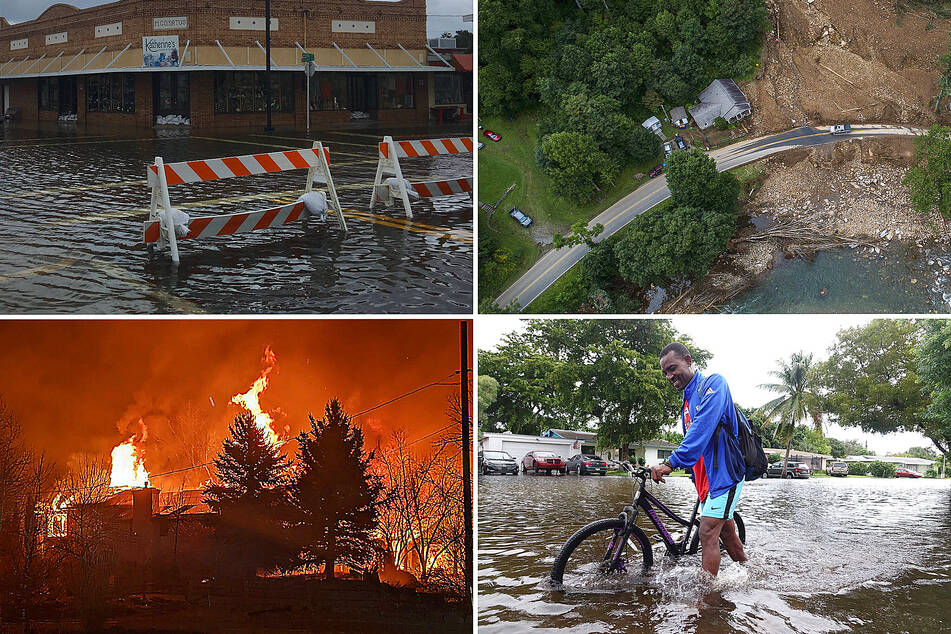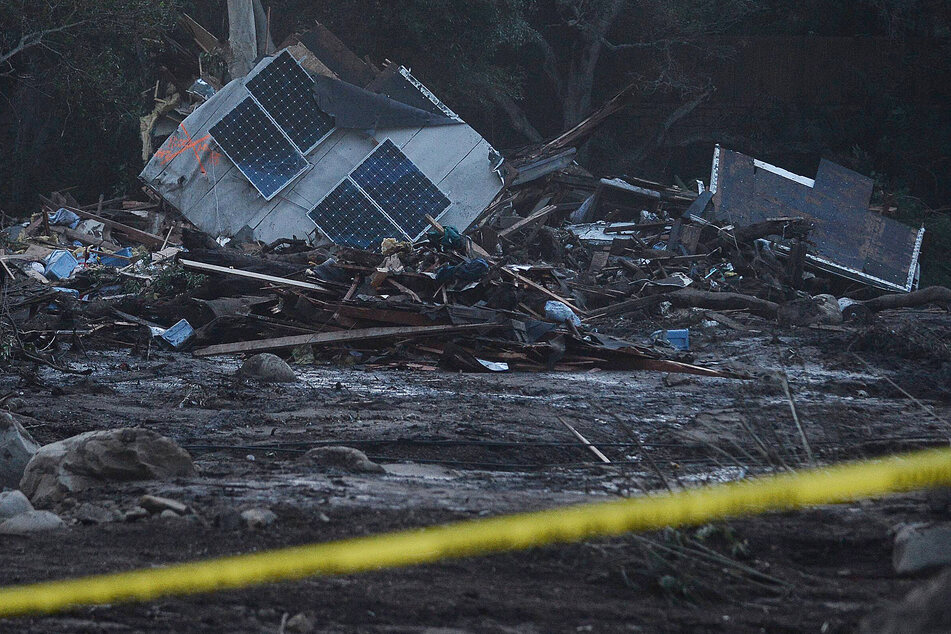A lesser-known climate disaster: Landslides are becoming more likely
Los Angeles, California - The worsening effects of climate change are turning into a perfect storm that makes landslides more likely.

Across the country, hefty rainfall, bigger storms, rising sea levels and loss of coastlines are helping increase the rate at which landslides turn once-stable slopes into infrastructure nightmares.
Even wildfires, which are growing more intense due to global warming, can worsen the situation.
As reported by The Atlantic, these changes in our environment, devastating enough on their own, have a domino effect that includes further disasters.
The different types of landslides cut off roads, damage homes, or wash away people and their property.
If a mass of debris connects with a body of water, it can change an already dangerous flood into a debris flow: a perilous mess of churning water filled with trees, cars, and other detritus.
In 2018, heavy rainfall caused a kind of debris flow north of Los Angeles and the mass of hazardous water killed 23 people.
Another scenario, which is the worst-case for a landslide event, is if the flow of earth and junk lands in a river, forming a natural dam. Research published in ScienceDirect show that these natural dams eventually have enough water pressure behind them to burst, unleashing a flood on the area downstream.
Sea level rise, which is also worsened by climate change, can also make landslides more likely by eroding areas that have seen landslides in the past, like Oregon's Arizona Landslide, which makes the coastal region more prone to new slides.
Climate experts and the UN's Intergovernmental Panel on Climate Change agree that the trend of heavier rainfall will continue, increasing the likelihood of landslides like the deadly debris flow in California.
Heavy rainfall is the catalyst

Even though there are different factors causing landslides, heavy rainfall is the catalyst, often causing floods, which then lead to landslides.
An Oregon State University associate professor, Ben Leshchinsky, told The Atlantic's Kendra Pierre-Louis: "Probably the most common driver we see for landslides worldwide is rainfall."
"What that effectively does is it reduces the strength of the soil. When that soil strength decreases, it can reach a point where it fails, and naturally just slides away," he said.
The worst scenario is when areas scarred by wildfires are hit with intense rains, because wildfires can burn hot enough to destroy so much vegetation above and below the soil, that it makes the ground unable to soak up moisture below the surface.
The national coordinator for the US Forest Service Burned Area Emergency Response Program told The Atlantic: "When the fires burn super, super hot, oils and other chemicals in your vegetation leave almost a kind of plastic-wrap layer on the soil."
This means any rainfall on the burned areas will barely be absorbed, and have brutal knock-on effects in heavy storms.
Washington State and Canada also suffered exactly this kind of domino effect in November 2021, after wildfires had already worsened soil quality, leaving parts of British Columbia vulnerable to flash flooding and landslides.
Bridges and roads were damaged or washed away, and there were road closures in over 40 locations.
In Washington, the heavy rainfall over-saturated the ground, meaning the soil couldn't absorb any more water, which contributed to flooding and mudslides that displaced hundreds of people.
The climate crisis, which is driven by human activity and greenhouse gas emissions, can take heavier rainfall and turn it into a cascade of disasters, like more frequent and more dangerous landslides.
Cover photo: Collage: IMAGO / ZUMA Wire & ZUMA Press
